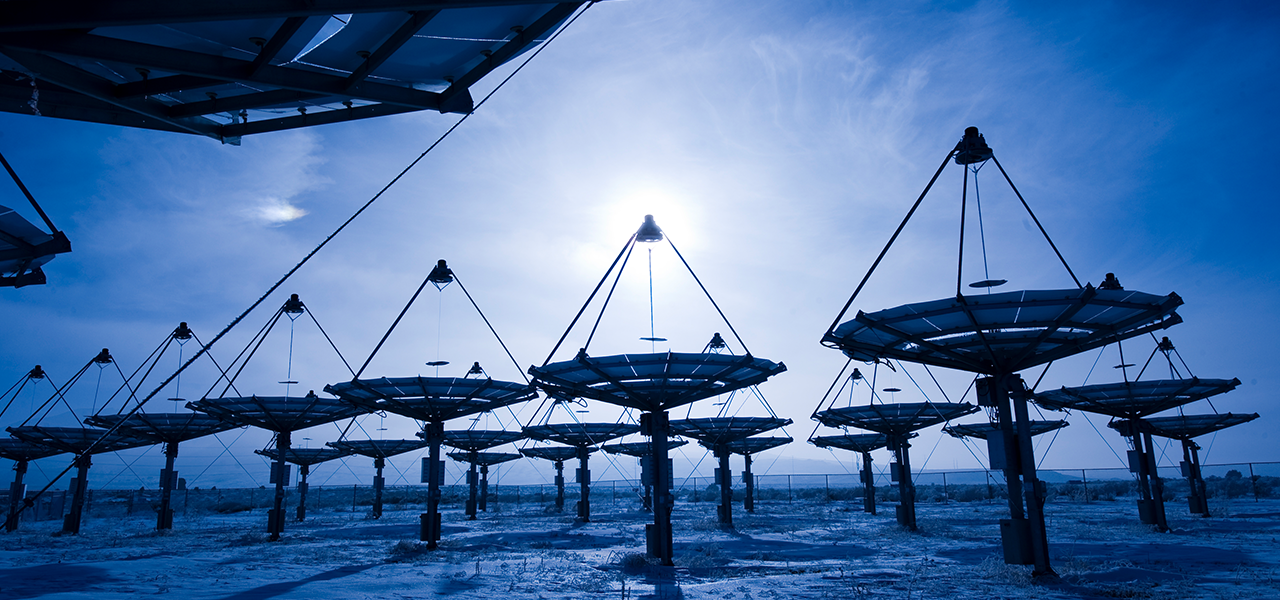 The state of California has recently received a huge $45 million of funding to invest in microgrids. Otherwise known as “mini smart-grids”, they can be defined as a “small electrical grid system that entails better quality small-scale electricity generation, supplying a limited number of consumers.” Microgrids are able to generate, consume and store energy. They are like small-scale plants that can be used in local networks (photovoltaic panels, small generators, turbines, etc.), and can be controlled and managed in a centralized manner. So what are developers’ ambitions? To create self-sufficient, interconnected distribution grids.
The state of California has recently received a huge $45 million of funding to invest in microgrids. Otherwise known as “mini smart-grids”, they can be defined as a “small electrical grid system that entails better quality small-scale electricity generation, supplying a limited number of consumers.” Microgrids are able to generate, consume and store energy. They are like small-scale plants that can be used in local networks (photovoltaic panels, small generators, turbines, etc.), and can be controlled and managed in a centralized manner. So what are developers’ ambitions? To create self-sufficient, interconnected distribution grids.
In America, the topic has been of long-standing interest to state government, manufacturers, and especially Berkeley Lab and CERTS, and California is emerging as a trailblazer in the field. It is the first state to officially launch a study into the opportunities and challenges presented by commercial microgrids, with the aim of standardizing microgrid technology for which, up until now, has been custom-fitted to local needs. By decentralizing, energy storage and, to a greater extent, distribution can be optimized, which could radically change the way we generate and consume energy. The strategy is in line with the state of California’s ambitious shift towards greener power, who were even planning a law that would oblige all electricity to come from 100% renewable energy sources by 2045. However, the bill was finally rejected last year by state Legislature.
As microgrids are particular adapted for use in small or isolated areas, France has also got an eye on the technology, for France is a country whose electricity production is historically centered around a small number of large power centers. EDF can see the “technological and economical evidence”, and since 2014, they’ve launched R&D into the subject. So what are the possible practical uses? Small-scale grids that are designed for certain types of end clients (hospitals, ports, offshore platforms, university campuses) or even isolated and island networks. The islands of Sein and Ushant are both well under way on the shift from diesel to solar for powering their islands. And throughout the world, larger-scale projects are gaining ground in countries and continents operating on localized grids, like in South-East Asia and Africa, where electricity installation and energy transition occurs via a network of small power grids. These grids provide reliable, affordable, non-polluting energy, which is essential for developing the local economy, and such characteristics match those of microgrids.
In America, some communities wish to have the freedom to remove themselves momentarily from the central grid. And ever since hurricane Sandy left its mark in 2012, communities are generally looking for a more resilient supply of power. For America’s coastal towns exposed to extreme weather events, microgrids appear to be the prime solution. Following this “wake-up call”, the states of New York, Jersey, Connecticut and Massachusetts have already established objectives towards a more resilient grid, with microgrids being a main cornerstone. Distribution automation and resilient local grids are now integrated into the long-term planning of public power infrastructures, preparing them for any future emergency. And other states are following suit: during the hurricanes Harvey and Irma in fall 2017, a number of local supermarkets and service stations in Texas were able to remain open thanks to the few microgrids powered by solar and natural gas. It just goes to prove that, as some people have noted, this concept could pave the way for making energy distribution networks more widespread. At a time when staying connected is a basic necessity for customers, network resiliency and the ability to prevent power cuts in the event of extreme weather have become attractive features that make all the difference.
